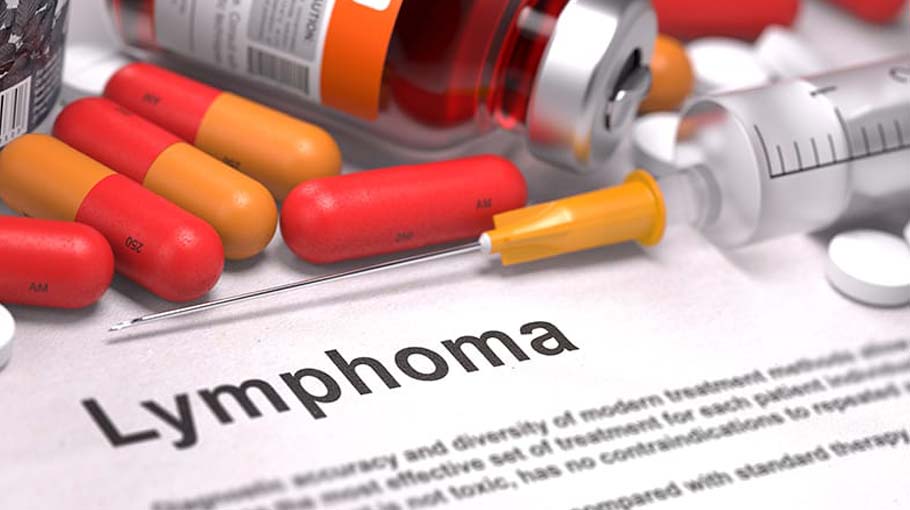Procedures used to diagnose lymphoma (part 3)

Physical exam: Your doctor checks for swollen lymph nodes, including in your neck, underarm and groin, as well as a swollen spleen or liver.
Removing a lymph node for testing: Your doctor may recommend a lymph node biopsy procedure to remove all or part of a lymph node for laboratory testing. Advanced tests can determine if lymphoma cells are present and what types of cells are involved.
Blood tests: Blood tests to count the number of cells in a sample of your blood can give your doctor clues about your diagnosis.
Removing a sample of bone marrow for testing: A bone marrow aspiration and biopsy procedure involves inserting a needle into your hipbone to remove a sample of bone marrow. The sample is analyzed to look for lymphoma cells.
Imaging tests: Your doctor may recommend imaging tests to look for signs of lymphoma in other areas of your body. Tests may include CT, MRI and positron emission tomography (PET).
Other tests and procedures may be used depending on your situation. Many types of lymphoma exist and knowing exactly which type you have is key to developing an effective treatment plan.
Courtesy: Mayo Clinic
Related News:



